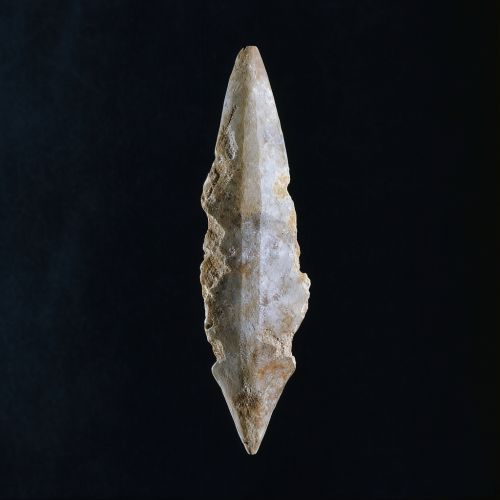Prehistoric America
Prehistoric America
Prehistoric America refers to the period in the American continent's history that predates the arrival of Europeans in the late 15th century. This era is marked by the development and evolution of various indigenous cultures and societies, some of which have left behind significant archaeological evidence.
Indigenous Cultures
The indigenous cultures of prehistoric America were diverse and complex, with varying degrees of social organization, economic systems, and cultural practices. These cultures can be broadly classified into three main periods: the Paleo-Indian period, the Archaic period, and the Formative period.
Paleo-Indian Period
The Paleo-Indian period (circa 15,000 - 8000 BCE) marks the initial peopling of the Americas. During this time, humans migrated from Asia to America via the Bering Land Bridge, a landmass that once connected Siberia and Alaska. These early inhabitants, known as Clovis culture, were primarily hunter-gatherers, subsisting on a diet of large game such as mammoths and bison.

Archaic Period
The Archaic period (circa 8000 - 2000 BCE) saw the transition from nomadic hunting and gathering to more settled, agricultural societies. This period is characterized by the development of regional cultures, such as the Folsom culture in the Great Plains and the Plano culture in the Western United States and Canada. These cultures developed sophisticated tools and technologies, including the atlatl, a spear-throwing device, and the grinding stone, used for processing plant foods.
Formative Period
The Formative period (circa 2000 BCE - 500 CE) is marked by the rise of complex societies with advanced agricultural practices, permanent settlements, and intricate social and political structures. Notable cultures from this period include the Ancestral Puebloans in the Southwest, the Mississippian culture in the Southeast, and the Hopewell culture in the Midwest. These cultures are known for their monumental architecture, such as the cliff dwellings of the Ancestral Puebloans and the earthen mounds of the Mississippians.
Archaeological Evidence
Archaeological evidence plays a crucial role in our understanding of prehistoric America. This evidence includes artifacts, ecofacts, and features that provide insights into the lifestyles, technologies, and beliefs of these ancient cultures.
Artifacts
Artifacts are objects made or modified by humans. In prehistoric America, these include stone tools, pottery, and jewelry. For example, the Clovis points are distinctive, fluted spear points associated with the Clovis culture. Similarly, the pottery of the Mississippian culture, known for its intricate designs and motifs, provides insights into their artistic sensibilities and symbolic systems.
Ecofacts
Ecofacts are natural objects that have been used or affected by humans. These include plant and animal remains, soils, and sediments. Analysis of these ecofacts can provide information about the diet, environment, and climate of prehistoric cultures. For instance, the presence of maize in archaeological sites indicates the adoption of agriculture.
Features
Features are non-movable structures or elements, such as hearths, postholes, and mounds. These features can provide information about the architecture, social organization, and ceremonial practices of prehistoric cultures. For example, the earthen mounds of the Mississippian culture suggest complex social hierarchies and religious practices.
Conclusion
Prehistoric America was a time of significant cultural and technological development, marked by the rise and fall of diverse indigenous cultures. The archaeological evidence left behind by these cultures provides invaluable insights into their lifestyles, beliefs, and societies, shedding light on the rich and complex history of the American continent before the arrival of Europeans.
